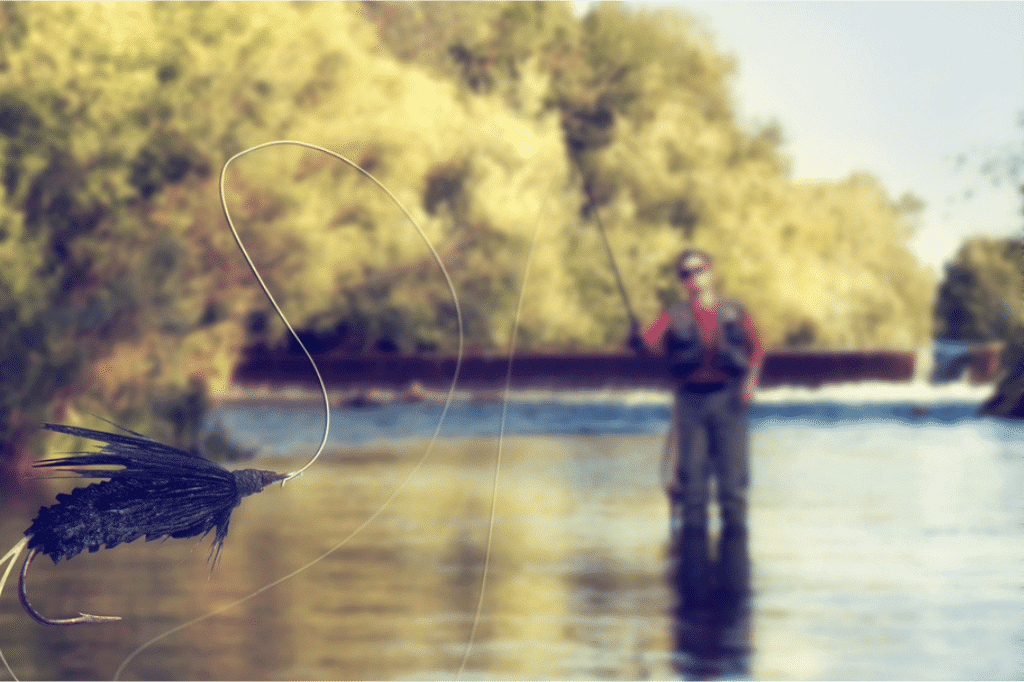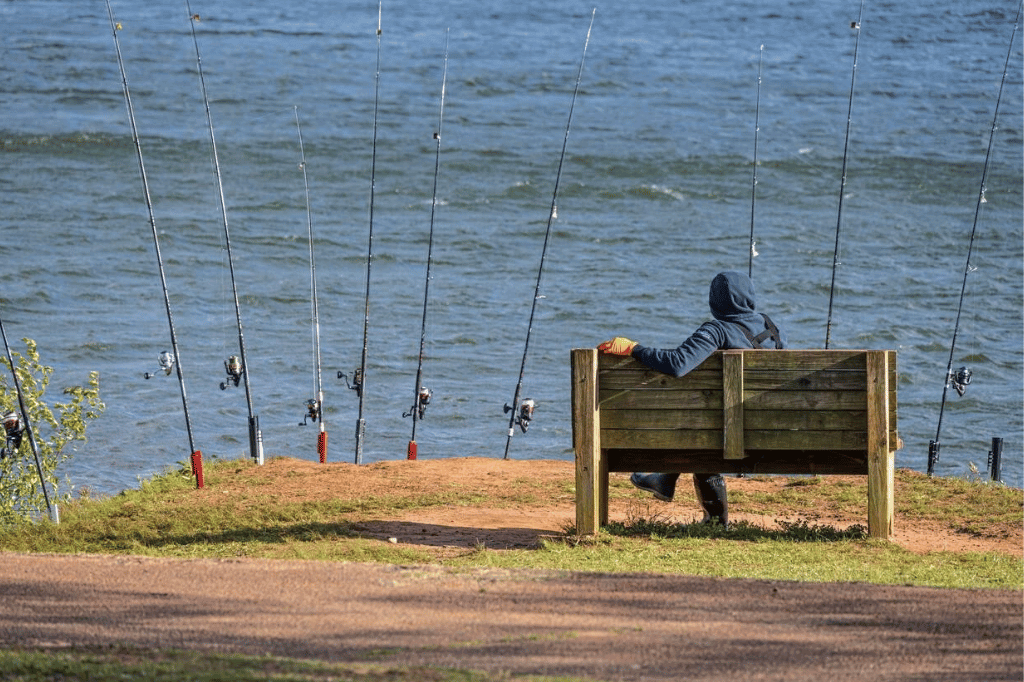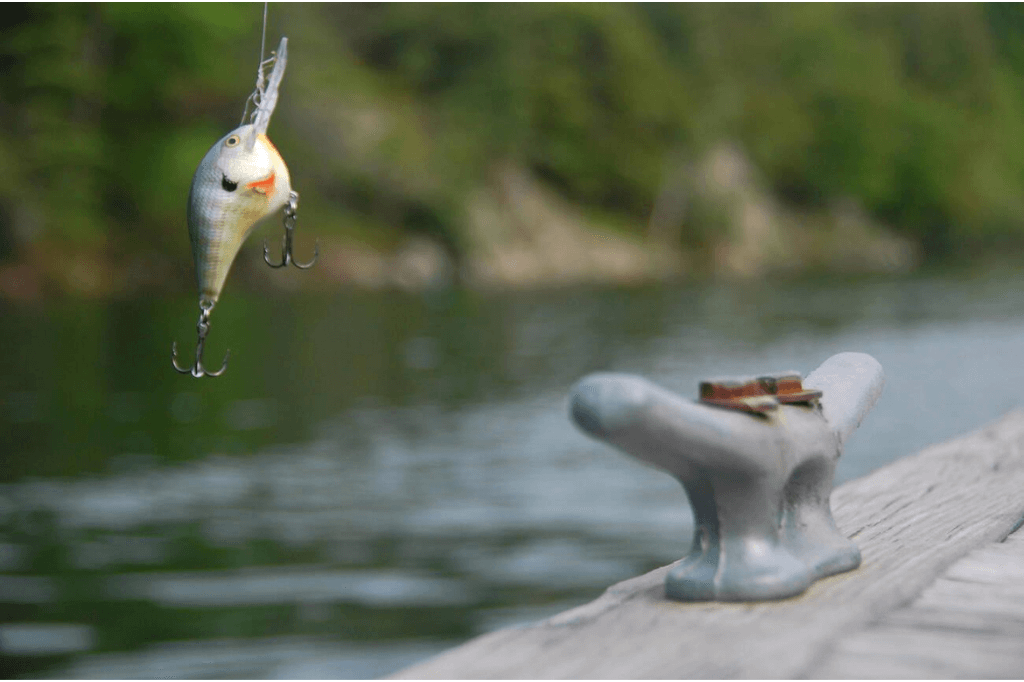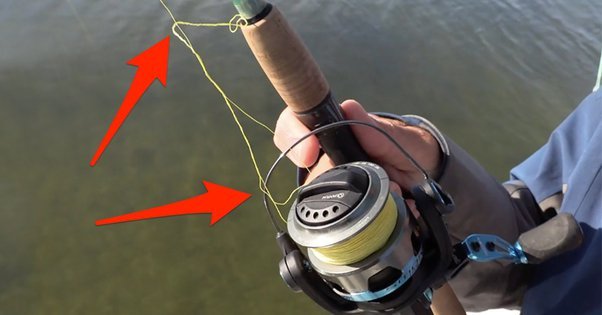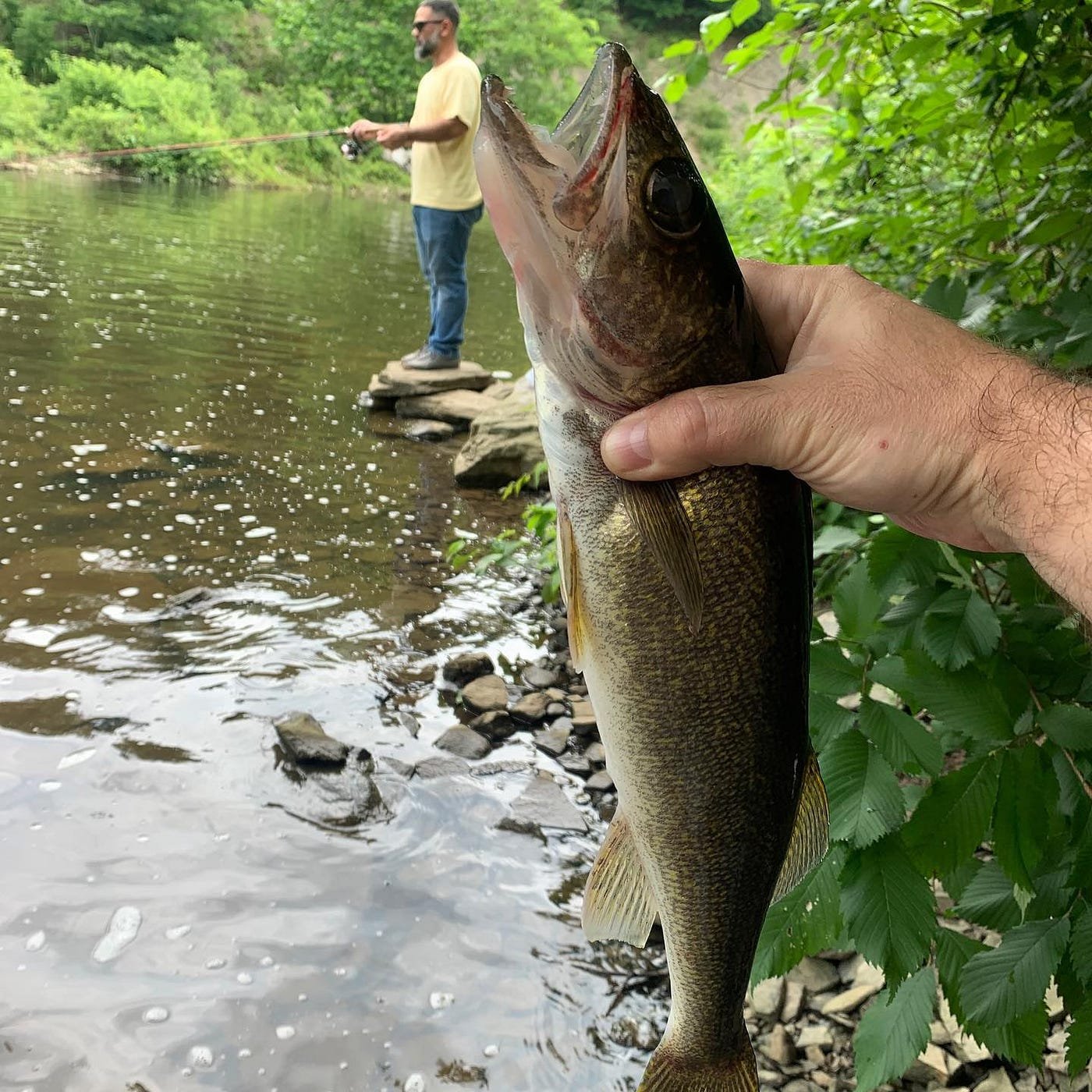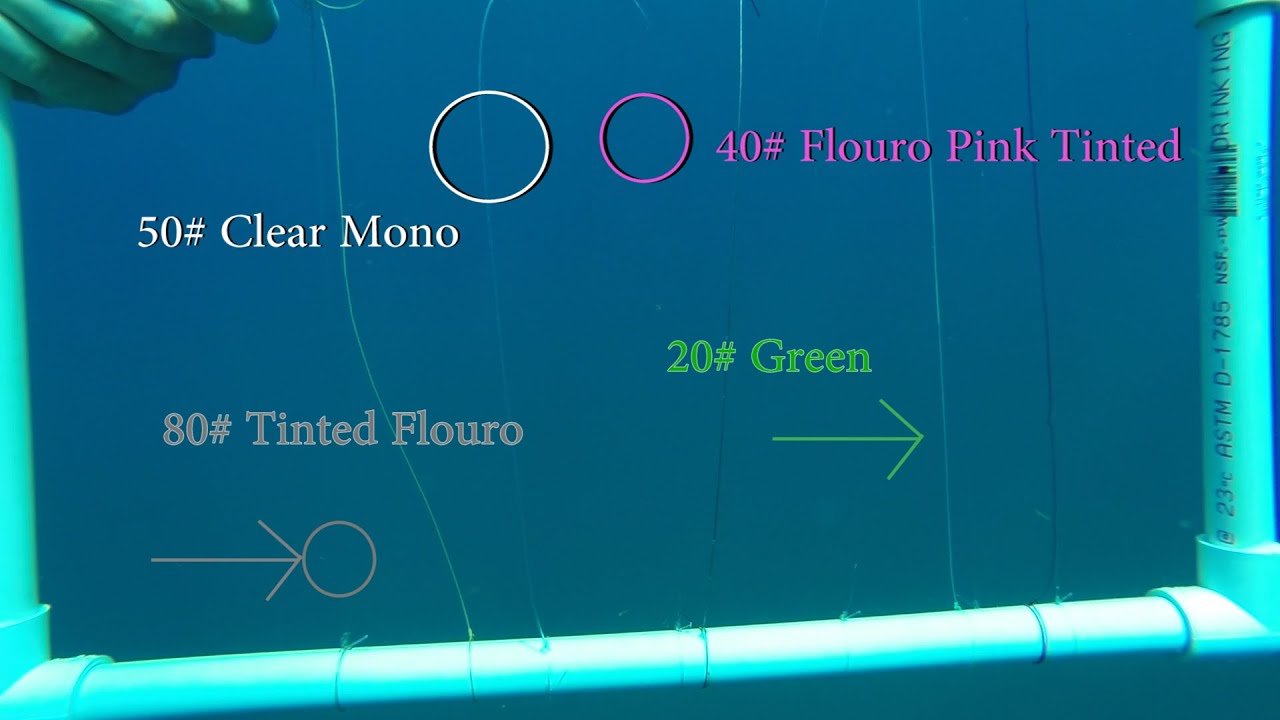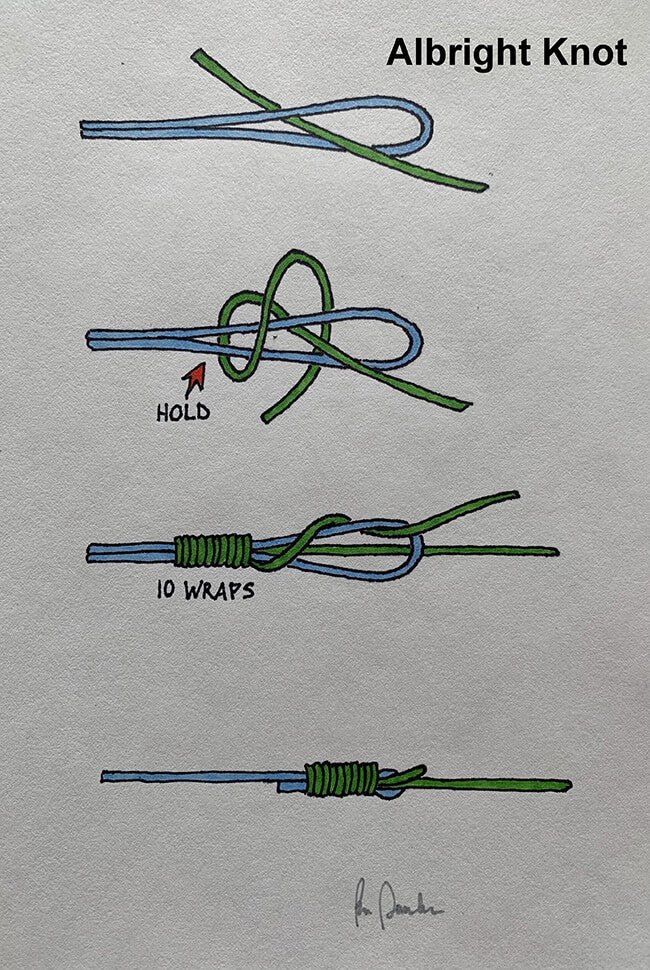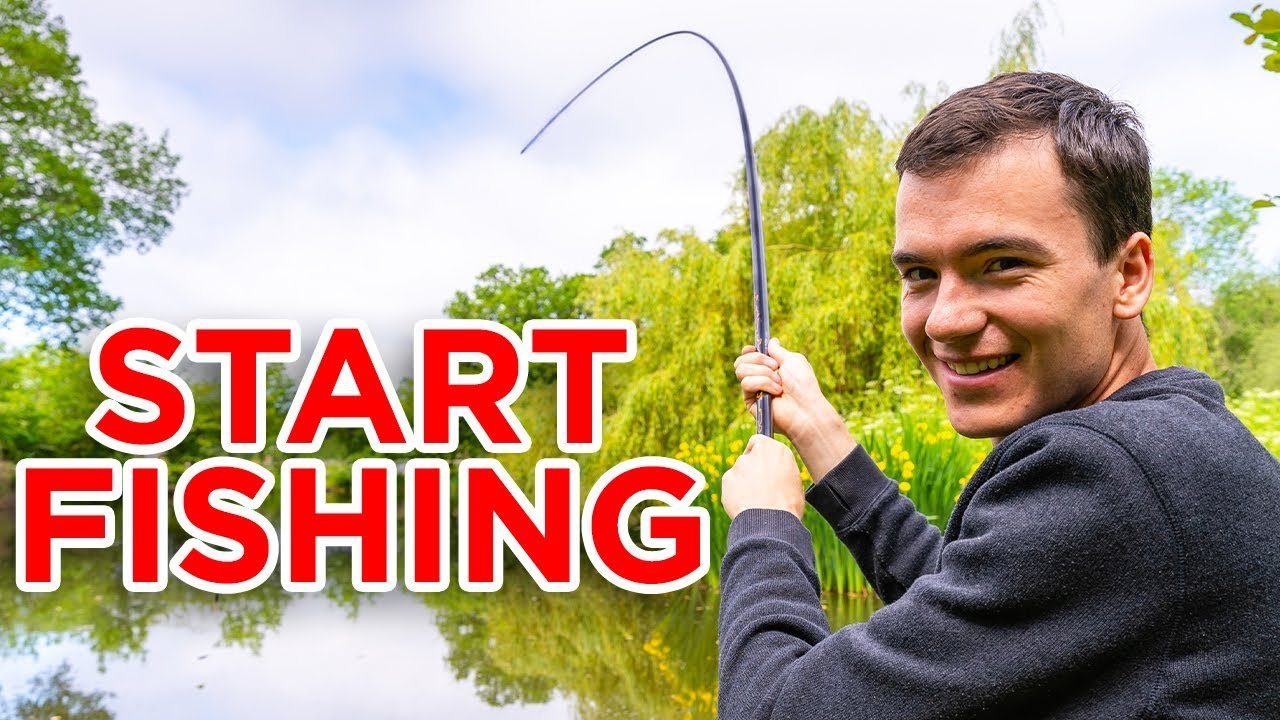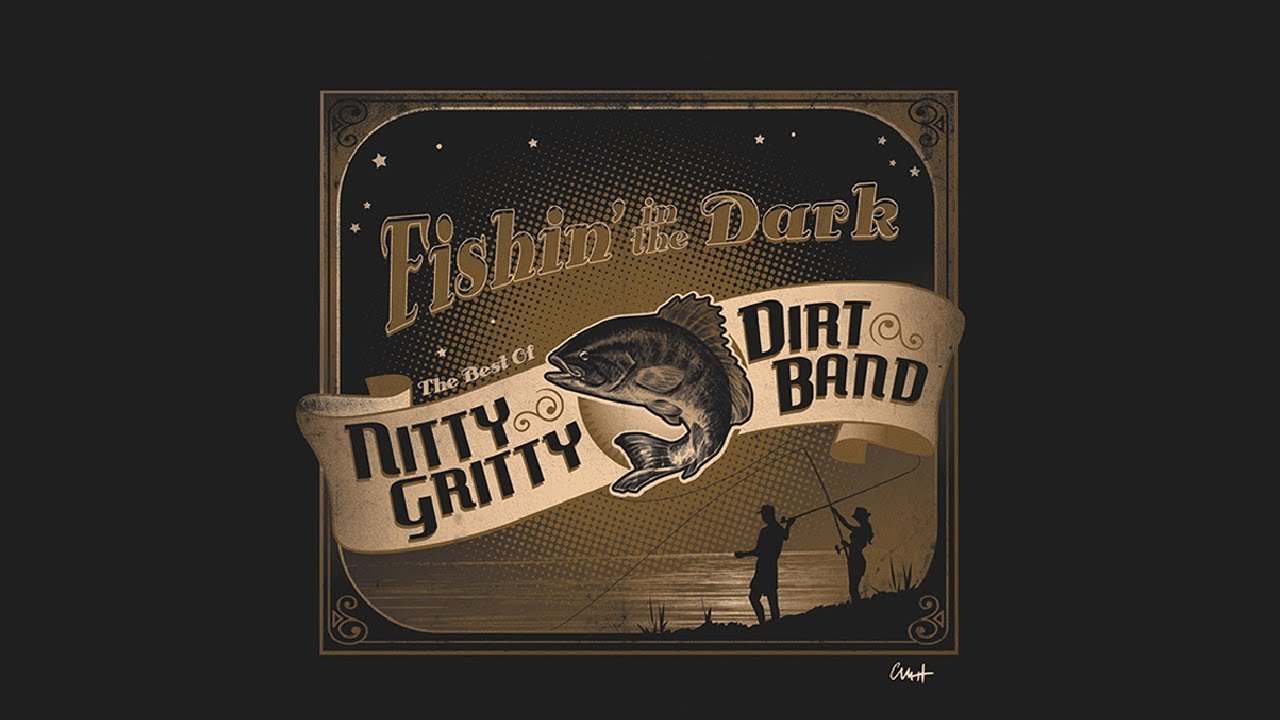Trout fishing enthusiasts know the importance of choosing the right lure. The lure selection can be the difference between a successful outing and a day spent watching the water. Different lures work best in varying conditions, so understanding your environment and trout behavior is crucial.
From spinners and spoons to flies and soft plastics, each type of lure has its place in your tackle box. Factors like water clarity, depth, temperature, and trout species influence which lure to use. Anglers should also consider the time of day and season, as these can affect trout feeding patterns. With the proper knowledge and a well-chosen assortment of lures, you’re set for a rewarding experience on the water.
The Lure Of Trout Fishing
Fishing for trout captures the heart of many anglers. The thrill of the chase, the beauty of nature, and the skill involved in enticing these clever fish make every catch rewarding. Trout fishing lures are critical tools in this exciting pursuit, mimicking the prey of these fish and triggering strikes.
Why Anglers Target Trout
Trout fishing offers a unique challenge. Trout are known for their wariness and fighting spirit. Anglers appreciate the variety of trout species, each with distinct habits. The pursuit also allows for immersion in diverse, scenic environments where trout thrive.
- Challenge of the catch
- Diversity of species
- Beautiful fishing settings
The Role Of Lures In Trout Fishing
Choosing the right lure is a game-changer in trout fishing. Lures are designed to imitate the movements and appearance of the trout’s natural food. Successful lures can mean the difference between a bountiful day and going home empty-handed.
Type of Lure Features Best Used In Spinners Reflective, spinning motion Streams and rivers Plastic Worms Realistic texture and wiggle Lakes and ponds Crankbaits Dive deep, mimic small fish Deep water areas Experimenting with different lures and techniques is part of the fun. Each type of lure works best in specific conditions and times of day. Mastery of lures brings anglers closer to the thrill of a successful catch.
Trout Habitat And Lure Selection
Trout fishing lures are key to a successful catch. The right lure depends on where trout live and swim. In this section, Trout Habitat and Lure Selection, learn how trout environments shape lure choices. Get tips to match lures with water conditions for better fishing adventures.
Understanding Trout Environments
Trout thrive in diverse habitats, from clear streams to deep lakes. Each area demands specific lures. In streams, trout often hide behind rocks and in small pools. In lakes, they may prefer cooler, deeper waters. Choosing the right lure means knowing these habits.
- Clear streams: Use smaller, more natural-looking lures.
- Deep lakes: Opt for lures that mimic deeper-dwelling fish.
Matching Lures To Water Conditions
Water clarity and temperature affect lure selection. In murky water, bright or noisy lures can be more effective. In clear water, subtle lures work best. Temperature changes also play a role. Cold water may require slow-moving lures, while warmer water allows for more active bait.
Water Clarity Lure Type Murky Bright colors, vibration Clear Natural colors, stealthy action Water Temperature Lure Action Cold Slow, deliberate movement Warm Quick, lively movement
Classic Spinners: Timeless Effectiveness
Trout fishing with classic spinners remains a top method for anglers. These lures are effective due to their ability to attract fish through visual and vibrational stimuli. Whether in still lakes or flowing streams, they have proven their worth over decades.
Types Of Spinners
Spinners come in various styles, each tailored for specific fishing conditions. Understanding these types can help target trout more effectively.
- Inline Spinners: A straight wire runs from the lure’s head to the hook, with a revolving blade.
- Safety Pin Spinners: These resemble a safety pin. The blade spins around a separate wire attached to the hook.
- French Spinners: They have a longer, slender blade for a smoother spin.
- Colorado Spinners: Known for their wide, round blades, they excel in strong currents.
Best Practices For Spinner Use
To maximize the effectiveness of spinners for trout fishing, follow these best practices:
- Match the Hatch: Choose a spinner that mimics local prey in size and color.
- Consider Water Clarity: Use bright, flashy spinners in murky water; opt for subtler colors in clear water.
- Adjust Retrieval Speed: Experiment with different speeds. Trout might prefer a faster or slower retrieve depending on the day.
- Use a Swivel: Attach a swivel to prevent line twisting and ensure the spinner moves freely.
Employing these strategies will help anglers make the most out of their spinner fishing experiences, leading to more successful outings and memorable catches.
Soft Plastics: Versatile And Lifelike
Soft plastic lures revolutionize trout fishing with their realistic designs. These lures mimic live bait, making them irresistible to trout. Their flexible material allows for a variety of rigs and techniques. Anglers can tweak them to suit any fishing condition. Whether in streams, lakes, or rivers, soft plastics deliver results.
Choosing The Right Soft Plastic
Size, shape, and color are key when selecting soft plastics. Consider the following:
- Match the hatch: Choose a lure that resembles local prey.
- Water clarity: In clear water, opt for natural colors. In murky water, go for bright colors.
- Size matters: Smaller lures work best for wary trout.
Texture and scent also play a role. Some soft plastics come infused with attractants. This can increase your chances of a strike.
Techniques For Soft Plastic Lures
Effective techniques vary depending on water conditions and trout behavior. Here are a few methods:
- Jigging: Bounce the lure off the bottom to mimic an injured baitfish.
- Drifting: Let the current carry the lure for a natural presentation.
- Twitching: Use subtle rod twitches to give the lure lifelike movement.
Rigging options include drop-shot, jig heads, and weedless setups. Experiment to find what works best. Always keep the lure moving to entice trout.
Spoons: Flash And Vibration
Trout fishing enthusiasts know the thrill of a catch using a well-chosen lure. Among the diverse options, spoons stand out. Spoons offer a unique combination of flash and vibration, key triggers for predatory fish like trout. These lures mimic the movement and reflective flash of small baitfish. A spoon’s action can be irresistible to trout, especially in waters where they feed on minnows and other shiny fish.
Spoon Designs For Trout
Trout spoons come in various shapes and sizes, each designed for specific conditions. Here are some popular spoon designs:
- Classic Teardrop: Ideal for a steady retrieve; mimics a wounded baitfish.
- Slender Spoons: Great for imitating small minnows; perfect for clear water.
- Wide Spoons: Create more wobble and flash; suitable for murky water.
Different colors and patterns can also affect success rates. Silver and gold finishes work well under most conditions. Bright colors or glow-in-the-dark options excel in low-light situations.
Retrieval Methods For Spoons
How you retrieve a spoon can make all the difference. Here are some effective methods:
- Steady Retrieve: Keep a consistent speed to mimic a swimming fish.
- Jigging: Lift and drop the spoon to simulate an injured baitfish.
- Trolling: Drag the spoon behind a moving boat for widespread coverage.
Changing retrieval speeds and patterns can trigger bites from curious trout. Experiment with different techniques to find what works best in your fishing spot.
Crankbaits: Diving Into The Depths
Welcome to the world of trout fishing where the right lure makes all the difference. Crankbaits: Diving into the Depths is your essential guide to mastering the art of using crankbaits. These lures dive deep to where the big trout hide. Let’s explore how to choose and use them for the best results.
Selecting Crankbaits For Depth
To target trout effectively, picking the right crankbait is crucial. Consider these factors:
- Depth Range: Know the waters you’re fishing. Choose a crankbait that matches the depth where trout feed.
- Size Matters: Match the hatch. Smaller lures for smaller prey, larger ones for big meals.
- Color and Reflectivity: Bright colors for clear water, darker shades for murky conditions.
Remember, the bill size on a crankbait dictates how deep it dives. Larger bills reach the deeper waters.
Crankbait Action And Speed
The action and retrieval speed of a crankbait are vital for enticing trout. Here’s what to consider:
Action Type Water Temperature Speed Wide Wobble Warm Fast Tight Wobble Cold Slow Adjust the speed of your retrieve to match the trout’s activity level. Cold water often means a slower, more deliberate retrieve.
Fly Fishing Lures: The Art Of Deception
Fly fishing lures are more than just tools; they are masterpieces of deception. They trick trout into biting, believing they’ve found a tasty meal. This delicate art form requires skill and knowledge to mimic the natural food sources in the water. Dive into the world of fly fishing lures and discover how to outsmart the fish with these handcrafted illusions.
Popular Fly Patterns
Every angler’s tackle box should have a variety of fly patterns. These patterns are critical for a successful catch. Let’s explore some favorites:
- Nymphs: Imitate immature insects beneath the water’s surface.
- Dry Flies: Float on top of the water, resembling adult insects.
- Streamers: Mimic small fish or larger aquatic prey.
- Wet Flies: Designed to sink and imitate insects emerging to the surface.
Pattern Name Imitates Best Used Adams Mayflies Various Conditions Woolly Bugger Minnows/Leaches Streams and Lakes Elk Hair Caddis Caddisflies Fast-moving Waters Fly Fishing Techniques
Mastering fly fishing techniques takes practice. Here are some effective methods:
- Dead Drifting: Let the current carry the fly naturally.
- Stripping: Pull the line in short bursts to mimic movement.
- Mending: Adjust the line to prevent unnatural drag.
- High-sticking: Keep the line off the water for a better drift.
Each technique requires a different touch and timing. Anglers need to read the water and adjust their approach accordingly. The right fly and technique combination can make all the difference.
Credit: www.amazon.com
Jigs: Precision Targeting
Trout fishing with jigs offers precision and effective targeting. Jigs are versatile and can adapt to different fishing conditions and trout behaviors. This section covers everything from choosing the right jig to mastering jigging techniques.
Jig Types And Weights
Different jigs work best in different fishing scenarios. Here’s a quick guide:
- Lead Head Jigs: Popular for their ability to sink quickly.
- Marabou Jigs: They mimic small fish or insects.
- Rubber Jigs: Good for snaggy areas due to their flexibility.
Jigs come in various weights:
Weight Best for 1/16 oz Shallow water 1/8 oz Medium depth 1/4 oz Deep water
Choosing the right weight is crucial for effective jigging.
Jigging Strategies For Trout
Mastering jigging techniques can greatly increase your catch rate. Here are some proven strategies:
- Vertical Jigging: Drop the jig straight down and lift it periodically.
- Cast and Retrieve: Cast out, let it sink, and retrieve slowly.
- Drift Jigging: Let the current move the jig naturally.
Each method targets trout differently, so experimenting is key.
Remember, the right jig and technique can make all the difference in your fishing success!
Topwater Lures: Exciting Surface Strikes
Imagine the thrill as a big trout breaches the water, latching onto your lure with a spectacular splash. Topwater lures offer this heart-pounding excitement, making them a favorite among anglers. Their ability to provoke surface strikes turns an ordinary fishing trip into an unforgettable experience. Get ready to dive into the world of topwater trout lures and learn how to make the water boil with activity!
Topwater Lure Selection
Choosing the right topwater lure can be the difference between a good day and a great day on the water. Select lures that mimic the local prey to increase your chances of a strike. Here are some top picks for trout:
- Floating Stickbaits: They glide and dart, imitating injured fish.
- Poppers: These create a loud splash that can trigger an aggressive response.
- Walk-the-Dog Lures: Perfect for mimicking a swimming baitfish with a side-to-side action.
Consider the lure size and color to match the trout’s natural food sources in your fishing area.
Best Conditions For Topwater Fishing
Topwater lures shine under specific conditions. Here’s when to tie one on:
Condition Explanation Low Light Dawn and dusk provide the perfect backdrop for topwater lures. Calm Water Smooth surfaces make lure movements and sounds more noticeable to trout. Warm Temperatures Trout are more likely to feed on the surface in warmer weather. Check for signs of feeding fish such as surface ripples or jumping minnows.
Remember, patience is key with topwater lures. Give trout time to discover and strike your lure.
Live Bait: The Natural Choice
Picture a serene river, the sun peeking through the trees, and a trout breaking the surface. For many anglers, live bait is their secret weapon. It’s the natural choice that can trick even the wariest trout. In the underwater world, the right bait can make all the difference. Let’s dive into the world of live baits and discover how they can up your trout fishing game.
Effective Live Baits For Trout
Trout have a keen sense of smell and vision. They favor baits that mirror their natural diet. Here’s a list of top live baits that can entice these clever fish:
- Worms: A classic choice that rarely fails.
- Minnows: They mimic small fish trout prey on.
- Insects: Such as crickets or grasshoppers, ideal for surface fishing.
- Grubs: Their wriggling motion is irresistible to trout.
Tips For Presenting Live Bait
Using live bait is about more than just the bait itself. It’s also about how you present it. Here are some tips:
- Match the Hatch: Use baits native to the fishing area.
- Keep It Alive: Fresh, lively bait is more appealing.
- Use the Right Hook: A smaller hook hides well and keeps the bait alive longer.
- Consider the Current: Present your bait in a natural way by observing water flow.
Remember, patience and technique are key. With the right approach, live bait can yield an impressive catch.
Maximizing Success With Lures
Maximizing Success with Lures is about understanding what makes trout tick. Choosing the right lure can turn a good fishing day into a great one. Let’s dive into how color and size, along with weather and time of day, impact your catch rate.
Color And Size Considerations
Trout can be picky eaters, and the right lure makes a big difference. Here’s what to keep in mind:
- Color: Match the lure color to the water conditions. Clear water calls for natural hues like silver or brown. Murky water? Go bright with oranges or greens.
- Size: Match the hatch. Use smaller lures when bugs are hatching. Big lures work well when fish prey on smaller fish.
Weather And Time Of Day
The sun and clouds play a role in your trout conquests:
Weather Best Lure Choice Sunny: Use lures that reflect light, like metallic finishes. Overcast: Bright or fluorescent lures stand out in low light. As for timing:
- Morning: Go for smaller, subtler lures as trout are cautious.
- Evening: Larger, more aggressive lures can trigger strikes from hungry trout.
Conservation And Ethical Practices
When it comes to trout fishing, using the right lures is just part of the story. It’s also about fishing responsibly. This means knowing how to protect these beautiful fish for future anglers. Let’s talk about how to enjoy the sport without harming trout populations.
Catch And Release Techniques
Catch and release helps keep trout numbers healthy. To do this well, use barbless hooks for easier removal. Always wet your hands before handling a trout. This protects their slimy coat that keeps them healthy.
When you catch a trout, avoid taking it out of the water. If you must, do it quickly. Use a soft net to support the fish. Never touch the gills. They are very delicate.
- Use the right gear
- Handle fish with care
- Release them quickly
Protecting Trout Populations
To keep trout numbers up, follow local fishing rules. These include seasons and bag limits. They help manage the trout population.
Fishing Season Bag Limit Size Limit Spring to Fall Varies by region Check regulations Another way to protect trout is by cleaning up trash and using eco-friendly tackle. This keeps their habitat clean. Support local conservation efforts, too. They work hard to keep rivers and lakes safe for trout.
Remember, every fisherman plays a role in trout conservation. By practicing these ethical habits, we ensure that trout fishing remains a joy for everyone.
Frequently Asked Questions
What Is The Best Fishing Lure For Trout?
The best fishing lure for trout is often a small spinner or spoon. These lures mimic small fish, attracting trout effectively. Consider the water clarity and temperature when choosing your lure color and size.
What Is The Trick To Catching Trout?
The trick to catching trout involves using lightweight tackle, matching the hatch with appropriate bait or lures, fishing during dawn or dusk, maintaining stealth near the water, and keeping your line taut for sensitivity to bites.
What Color Of Lures Do Trout Like?
Trout are attracted to a variety of lure colors, but especially bright hues like pink, orange, and chartreuse, as well as natural shades that mimic their prey.
What Is The Best Rig For Trout Fishing?
The ideal trout fishing rig is a lightweight spinning setup with 4-6 lb test line, a small inline spinner, or live bait with a float.
Conclusion: Trout Fishing Lures: 10 Must-Have Baits for Success!
Selecting the right trout fishing lure can significantly enhance your angling experience. Experiment with different types, considering water conditions and trout behavior. Remember, practice makes perfect. So, head out, cast your line, and may your tackle box be full of successful lures.
Tight lines and happy fishing!
















